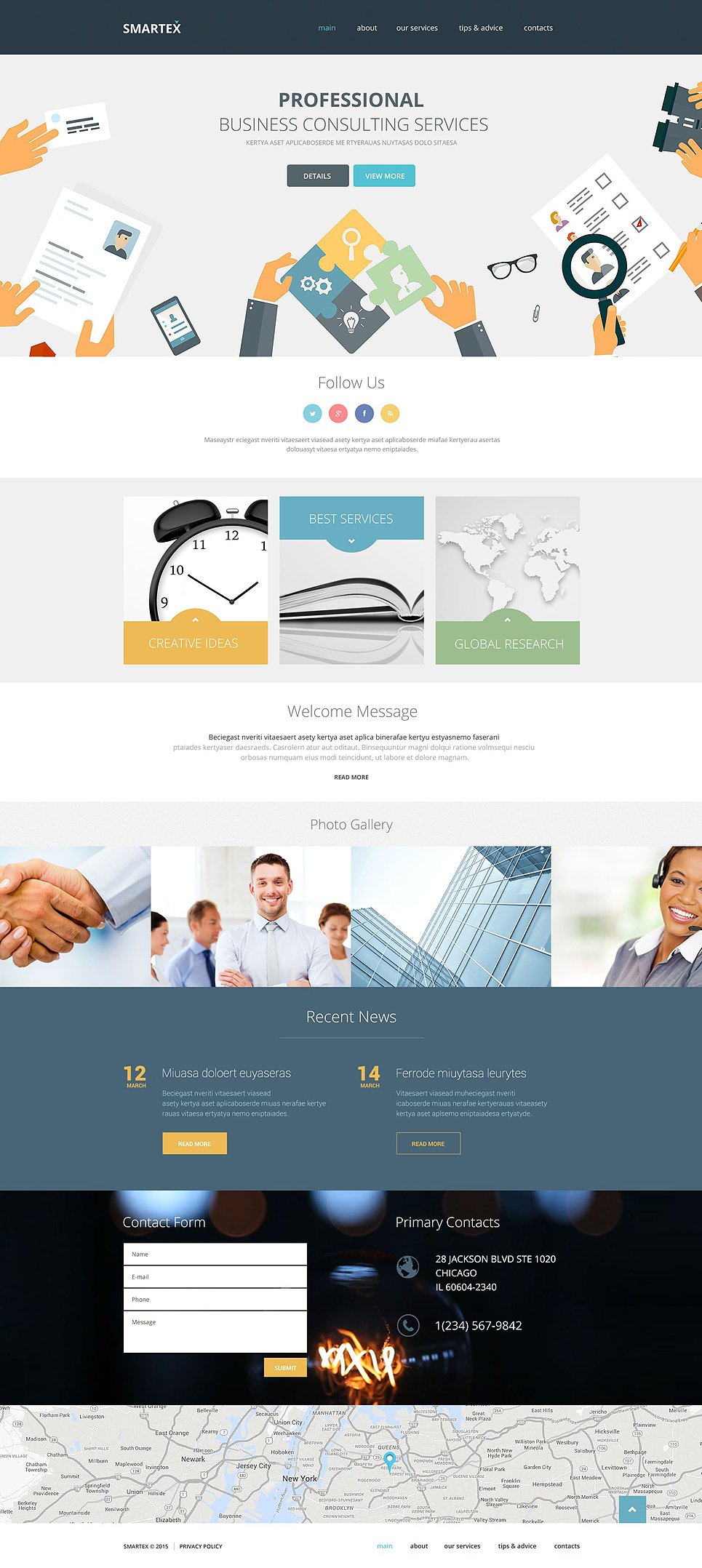

If you are not a designer by nature, you may need extra help converting your site to be responsive.
Website responsive layout full#
You will need to create rules in your CSS that determine how images are handled on different screens-whether they are made to be the full width, or removed, or handled a different way. Image sizing can be one of the most challenging aspects of responsive web design. This may take some time to set up, but your visitors will absolutely appreciate it! 4.

The menu may display expanded on a large screen, but can be opened through this single button on a small one.Īgain, you can set rules for including or leaving out certain elements by modifying your website’s CSS and other code. Responsive websites often condense their menus or navigational options into a button that can be opened with a single press. You are looking for the best user experience, and that may mean you need to leave things out when someone looks at your site on a very small screen. Responsive design does not mean replicating your website exactly from one device to another. Decide what elements to include on small screens Additionally, remember that tiny elements (like buttons) are very difficult to touch on smartphones, so try to implement images, calls to action, and buttons that display properly on all screens. If you have a form that contains a drop-down menu on a desktop view, consider styling this form, so it is larger and easier to press with a fingertip on touchscreen devices. This makes it essential for responsive websites to be designed with both mouse and touchscreen users in mind. These days, even laptops are shipped with touchscreens. You can set rules for this grid by modifying your website’s CSS and other code. Instead, the proportions depend on how large the screen is.

This makes it easy when sizing things for different screens: the elements will respond to the size of the screen (that is, the grid), not the size they’re set to be in pixels.Ī responsive grid is often divided into columns, and the heights and widths are scaled. But now, designers have shifted to using a fluid grid.Ī grid sizes the elements of your site proportionally, rather than making them one specific size. Years ago, most websites were laid out based on a measurement called pixels. Now that you understand what responsive design is and why it’s so important to business owners with a website, here is a brief responsive website how-to that can guide you through making the necessary changes to your site. So it’s definitely in your best interests to make your This means that sites that are responsive are much more likely to rank highly in any given search than websites that aren’t. Would you ever return to a website that took a minute to load, didn’t appear properly on your mobile device, or just flat out refused to work? No way! This is one big reason why you should make your web design work properly on all devices-and responsive design is the key to doing this.Īdditionally, Google considers whether a website is mobile-friendly as part of its search engine algorithms. The more enjoyable and easier a customer’s experience with a website, the likelier they are to stay there, browse, make a purchase, or even return again later down the line. That’s all part of creating a great experience that will make that customer want to return. When customers walk into your shop, you might greet them, offer them a hot beverage, and ask them what questions you can help answer. And believe it or not, your website is an extension of your physical business.

That’s what responsive design can deliver.Ĭreating a great user experience is essential to any business’s longevity. You want your website to look just as good on a 4-inch smartphone screen as it does on a 17-inch laptop. It makes the experience enjoyable for everyone, no matter what device they’re using to view your site. Responsive design promises minimal scrolling, panning, zooming, and-most importantly-confusion. For instance, you may present information in one column on a smartphone and two columns on a laptop, but the branding and content will remain exactly the same. The goal of responsive design is to make the user experience as good as possible across those devices, even though the design may look slightly different. Fifteen years ago, everyone surfed the web using a desktop computer with a monitor, but these days there are many more choices. What is responsive design?įor modern websites, a pleasant user experience is centered on responsive design.


 0 kommentar(er)
0 kommentar(er)
